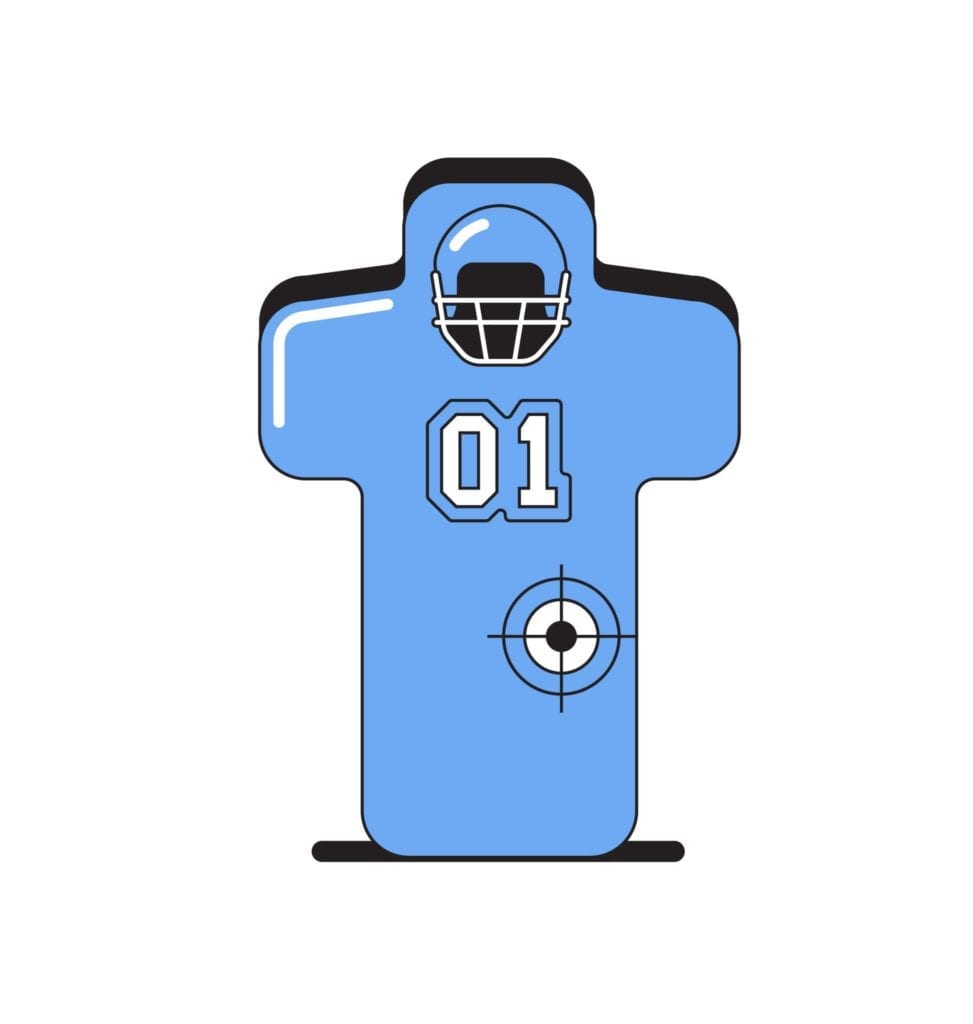
The New York Times, Feb. 26th 2019
“If you were trapped in a room and you had to break down the door to get out, you wouldn’t hit that door with your head,” says Rex Norris, who runs football for Atavus, a Seattle-based tackling consultancy that has worked with youth, high school, college and professional teams on shoulderled tackling. After more than a decade of crisis and controversy over concussions and chronic traumatic encephalopathy, or C.T.E., American football organizations are looking to other sports like rugby and wrestling for alternative, lower-risk sacking methods. Never go into a tackle intending to hit with your head. “Keep your head and neck out of the equation,” Norris says. Last year, even the National Football League began penalizing players for helmet-led contact.
Get close before you strike. Decide which shoulder you intend to hit the person with, and then keep the foot on that side planted on the ground — if you’re slamming with your left shoulder, for example, put your weight into the ball of your left foot as you make contact. “Your power comes from your legs and feet,” Norris says. Aim low: Ideally, your shoulder should hit your opponent’s thigh area, but consider anywhere between the pectoral muscles and the knees fair game. Square your body toward your opponent and, as you move forward, keep your elbows tucked in and your hands up, like a boxer’s. Maintain momentum after contact.
Finding newfangled ways to knock other humans down to the ground is something of a growth industry. “The technique is not skill-specific, and it’s not age-specific,” Norris says; in 2018, Atavus began providing mandatory shoulder-led tackling certification to all 23,000 high school and junior high school football coaches in Texas. Leaving your head out of a tackle isn’t just a mind game, though; you need to do drills until muscle memory takes over. Players usually take to it quickly, but coaches tend to be more calcified in their ways. A quote Norris heard somewhere often comes to mind: “Some coaches love winning so much they’re willing to change, and some coaches hate change so bad they’re willing to lose.”